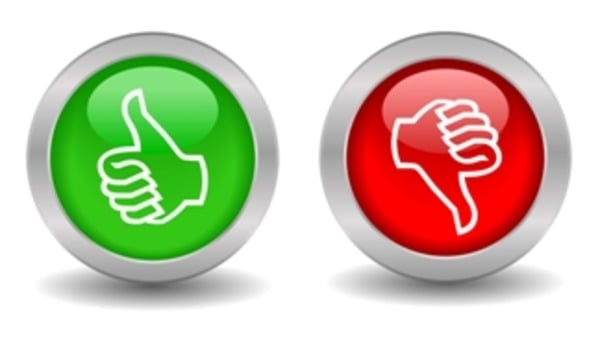The New York Times recently polled hundreds of nutritionists and consumers to find out whether they agreed on which foods are “good for you.” Everyone agreed that that kale, almonds, olive oil are good for you and French fries and soda aren’t. But in between were a lot of foods, such as granola bars and coconut oil, that were ranked a lot higher by consumers than nutritionists. There were also a few, such as quinoa and sushi, that got high marks from nutritionists but not from consumers.
The Times concluded that consumers are confused about which foods are healthy. I think the Times is confused about how diets work.
I wasn’t among the nutritionists polled but if I had been, I would have had a hard time completing the survey. Is _________ good for you? I don’t know: How much of it are you eating? What does the rest of your diet look like?
If you’ve just completed a 2 hour bike race, a pint of chocolate milk contains the perfect balance of nutrients to refuel your muscles. If you’ve just completed a 2 hour Netflix session, that same pint of chocolate milk looks more like empty calories.
Some foods are high in protein, others are high in healthy fats, fiber, or antioxidants. All are beneficial but none constitutes a balanced diet.
To me, ranking the healthfulness of individual foods is a meaningless exercise. It’s how you put them all together that matters.


Thank you. This — A thousand times, THIS: “I don’t know: How much of it are you eating? What does the rest of your diet look like?” is everything in the good/bad question. Frustrating for people looking for simple answers. Liberating once you understand.